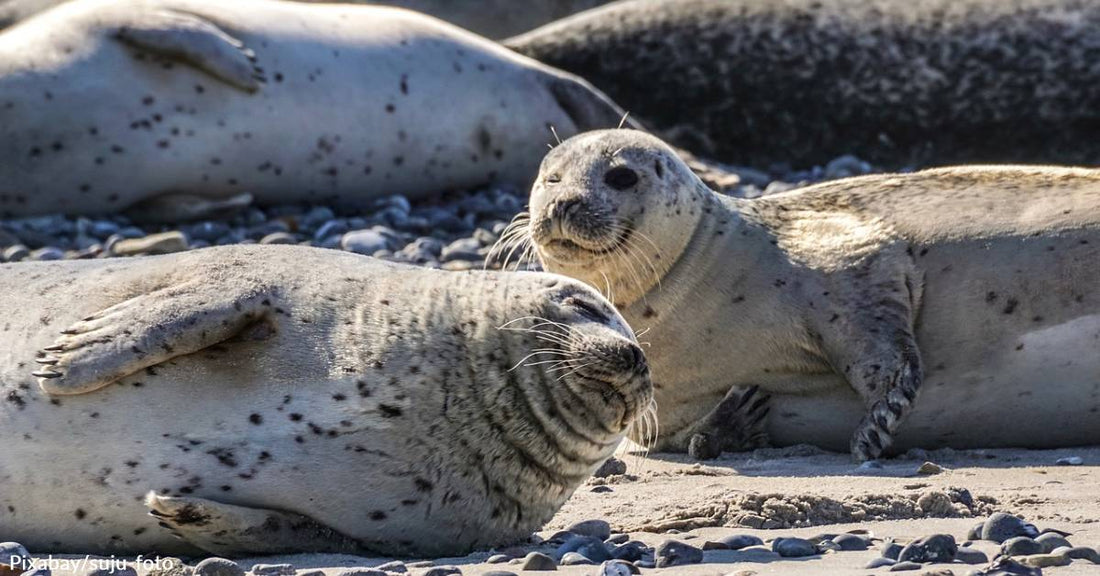Americans' Obsession with Selfies is Taking a Toll on Wildlife
Rebecca West
Marine and wildlife officials are having a heck of a time trying to get the public to listen regarding their unhealthy obsession with approaching wildlife while trying to pet them or having their pictures taken alongside them, which creates untold stress for the confused and often frightened animals.
It's called harassment, and it's reaching a breaking point. Don't believe it? Consider the baby dolphin that died 5 or 6 years ago after being passed around and photographed by tourists who found it stranded at a busy Spanish beach. That particular instance may not have occurred on American soil, but Americans are still guilty of interfering with animals that don't want anything to do with them.
Take the case of a mountain goat that drowned after photo-taking onlookers crowded the poor animal at a boat harbor in Seward, Alaska. Exhausted from the pursuit and likely terrified, it finally leapt from the rocks into the ocean and died.
In California's Monterey County officials are warning people to stay away from marine wildlife, as sea otters, seals, and other mammals on the Central Coast have been under duress due to human interactions. And it's not limited to the West Coast. For years now Florida parks have had to post signs warning people to not harass manatees, the gentle sea cows that have no idea how a selfie stick works or why you're shoving one in its face.
Marine officials admit it's natural for some people to see these creatures and want to interact with them, but experts are warning individuals to steer clear of them, especially when you and they are close to the shore.
According to KSBW 8 News, recent data from the Marine Mammal Center indicates that there were 30 confirmed cases of harassment of seals, otters, and sea lions in San Luis Obispo County in 2022. On the central coast, there are approximately 444 such disturbances a year at Elkhorn per information available from the Monterey Bay National Marine Sanctuary.
"It's incredibly tempting to want to get close and be able to watch them up close but we need to remember that this is their home as well," noted Dan Haifley from the Monterey Bay National Marine Sanctuary Foundation. "So, if we allow them to go about their business, do what they're doing, live their lives, we can enjoy viewing them from a safe distance," he added.
By law, beach visitors have to keep a distance of at least 50 feet from species protected by the Marine Mammal Protection Act, but it's still stunning that anyone would have to be told or need a law to remind them that it's inappropriate. Animals are unpredictable when cornered or they feel trapped. Not only could they lash out but the stress they're put under could lead to their death.
Sea turtles coming ashore to lay nests receive the same treatment. Human contact can and often is an unnecessary source of stress to them. Flashlights and flashes from cellphone cameras disturb nesting turtles and hatchlings can become disoriented. Adult females will avoid lit beaches for nesting and will retreat back into the sea multiple times until they believe the coast is clear to come ashore, all the while causing them undue stress. In addition, unwanted bacterial exchange can occur between humans and turtles if they're touched during nesting.
As a society, we truly can do better.
https://youtu.be/vItd-sZbUkk





